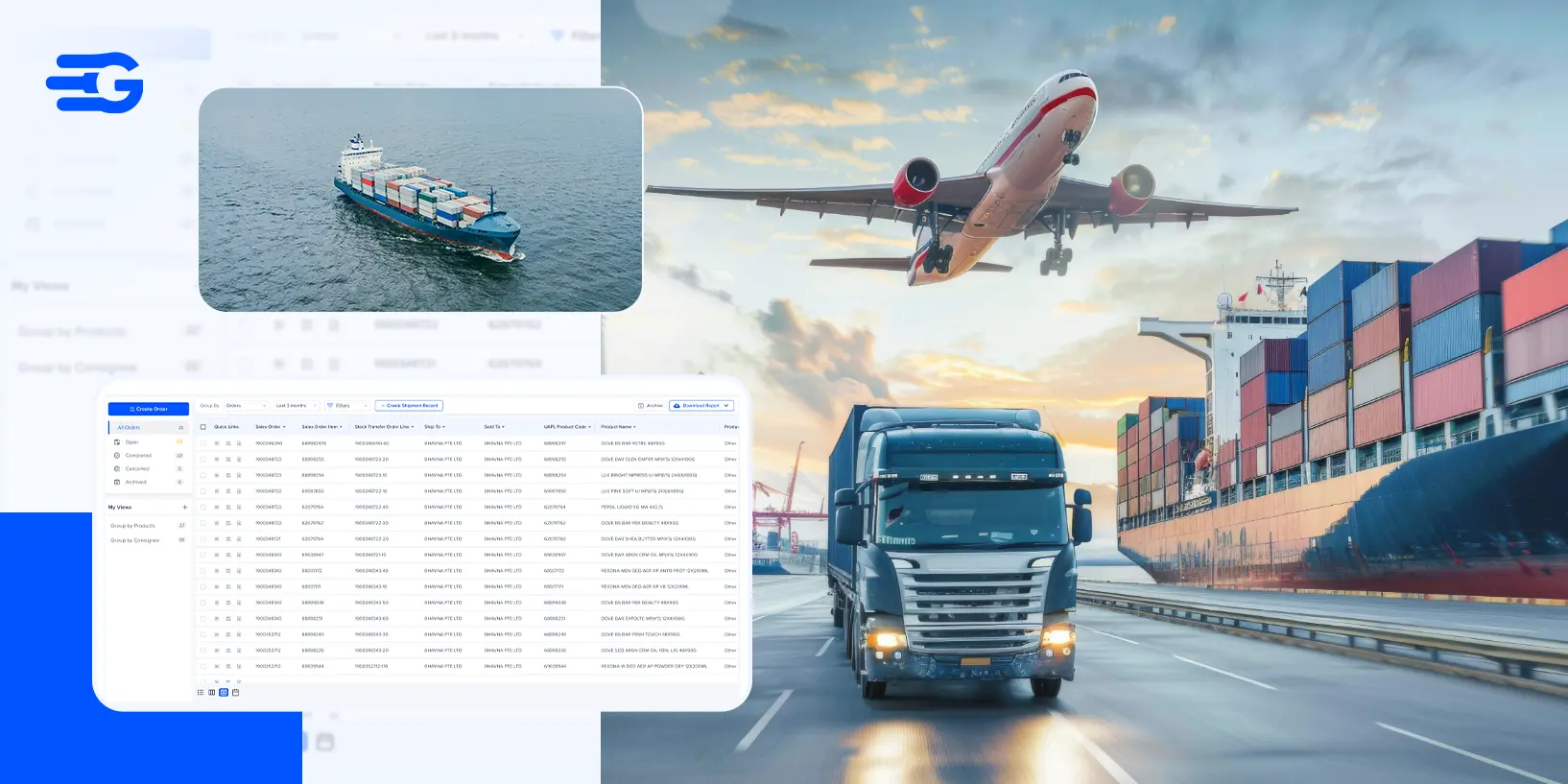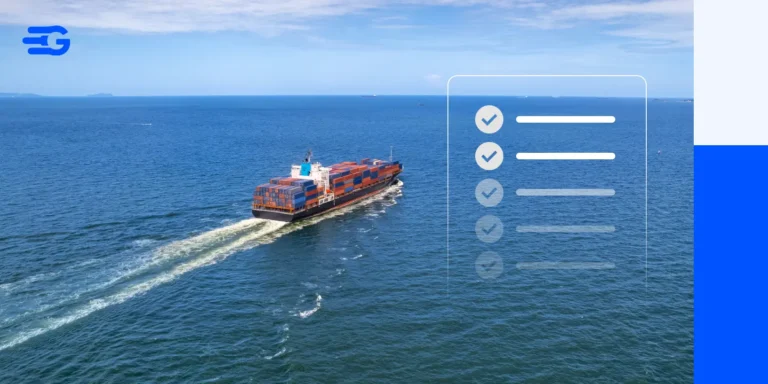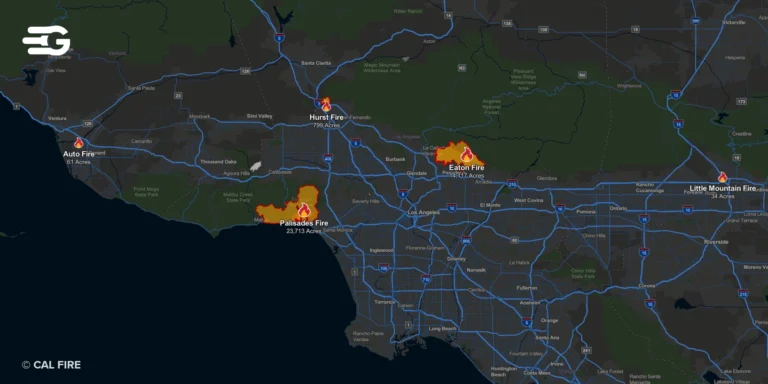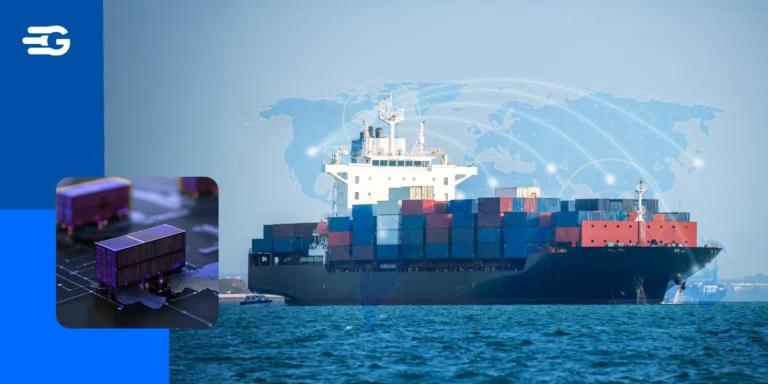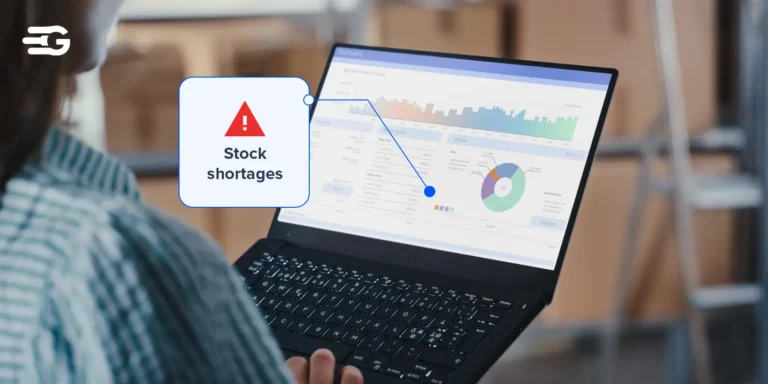What Is Omnichannel Order Management? + Key Benefits
The number of channels B2B buyers interact with has doubled in the last few years. According to McKinsey’s 2024 B2B Pulse Survey, buyers now use an average of ten different touch points during their purchase journey, up from just five in 2016. That kind of spread brings opportunity, but also operational risk.
Orders now come in from websites, inside sales, apps, distributor portals, and marketplaces, and each one increases the operational burden. This is exactly where omnichannel order management steps in. It’s about creating one connected system that brings all sales channels, inventories, and fulfillment paths into sync. Before discussing key benefits, let’s take a look at how it works.
How Omnichannel Order Management Works
When orders come in from five different places but ops can only see two, things go sideways fast.
That’s the exact problem omnichannel order management is designed to prevent.
It brings structure to the chaos by creating one clean flow for receiving, processing, and fulfilling orders, regardless of where they started.
Here’s how that typically looks inside a well-set-up business:
- Orders flow into one system: Whether the sale happens on a website, in-store POS, or marketplace, all orders feed into a central platform. No separate tabs. No disconnected logs.
- Order routing gets automated: Based on location, stock availability, and delivery time, the platform decides where each order should ship from. Sometimes that’s the main warehouse. Sometimes it’s a nearby store or third-party fulfillment center.
- Returns and cancellations are tracked centrally. Instead of siloed records, all returns, RTOs, and refunds are logged in the same system, which helps both the ops and CX teams stay in sync.
At the center of this entire flow sit two things: centralized inventory and real-time data sync. These features allow a business to sell confidently across channels without constantly firefighting.
Key Benefits of Omnichannel Order Management
When ops are fragmented, the cost is lost sales, higher return rates, and poor customer experience.
The reason omnichannel order management has become a core system is that it directly fixes those cracks. Below, we’ve discussed some key benefits which address how it fixes issues which arise from fragmented ops.
1. Faster fulfillment decisions
Shipping everything from a central warehouse may work at 50 orders a day, not at 500. This system automatically routes orders based on availability, customer location, and shipping cost, sometimes from a store, sometimes from a 3PL, sometimes from a regional hub. That logic helps cut average delivery time and avoids unnecessary freight expenses.
2. Fewer cancellations and returns
By reducing errors at the source with better inventory visibility and smoother order handoffs, omnichannel order management lowers cancellations and return rates. Fewer escalations. Fewer refund cycles. Less pressure on CX teams.
3. One source of truth across systems
Data spread across different order sources leads to misalignment. Ops, finance, and planning are all working off different dashboards. A proper system brings all order and fulfillment data into one view. Teams stop chasing updates and start making decisions. Forecasting, reconciliation, and performance tracking all get cleaner and faster.
For example, Essentra, they brought structure to its fragmented logistics workflows using GoComet, reducing invoice reconciliation delays, improving vendor response rates across RFQs, and saving 4.34% on freight spend. With centralized visibility and fewer manual touchpoints, their backend moved faster, cleaner, and with fewer errors.
4. Operational scale without overhead bloat
Scaling usually means hiring more ops hands to manually bridge the gaps. But that’s not sustainable. Omnichannel order management builds reusable workflows. Add a new sales channel, plug in a new fulfillment partner the logic stays the same. That reduces dependency on manual interventions and keeps the backend lean even as volume grows.
5. Inventory accuracy across channels
Without real-time inventory sync, every new sales channel becomes a liability. You oversell on one, understock another, and operations get reactive.
Omnichannel order management connects inventory across locations and channels, so all systems pull from the same source. This accuracy reduces stockouts, prevents deadstock, and gives teams confidence to sell aggressively without manual double-checks.
6. Easier partner and channel expansion
Every new sales or fulfillment partner usually means a new set of workflows, APIs, and manual syncing. That slows down growth and adds IT overhead.
With a central system already in place, onboarding a new marketplace, store, or logistics partner becomes easier as it plugs into the existing framework. Expansion becomes a configuration task, not a process overhaul.
8. Better customer experience, system-wide
You can’t promise fast, reliable delivery if the backend’s uncertain.
When inventory is accurate and fulfillment logic is smart, customers get more reliable ETAs, fewer follow-ups, and smoother returns, no matter where they placed the order. That consistency is what builds long-term retention.
8. Better coordination between teams
When sales, ops, warehouse, and support work off different data, mistakes multiply. One team commits to delivery. Another realizes the stock isn’t even there. A unified order management system keeps everyone aligned with real-time order status, inventory, and exceptions, all in one place.
9. Improved demand forecasting
Disconnected systems create blind spots in what’s selling, where, and how fast. That leads to stockouts in one region and overstock in another. With centralized order and inventory data, omnichannel order management gives planners a clearer picture, making demand forecasting more accurate and less guesswork-driven.
Each one of these sounds simple. But the compound effect they create is massive, especially when order volume scales or the business expands to new regions or platforms.
GoComet’s Role in Omnichannel Logistics
Most businesses get their order management stack in place, but then hit a wall at fulfillment.
Multiple forwarders, scattered tracking, manual updates, and zero real-time visibility. That’s where GoComet steps in. It doesn’t replace your OMS. It complements it by tightening the logistics layer beneath it.
Here’s how GoComet supports omnichannel logistics on the ground:
- Real-time multi-carrier tracking: Whether an order ships from whichever warehouse, GoComet tracks it across carriers through a single interface. No manual follow-ups or fragmented updates.
- Dynamic ETA predictions: The system uses live transit data and machine learning to predict delivery times more accurately which reduces customer escalations and missed SLAs.
- Automated freight rate discovery: For businesses routing orders through multiple fulfillment locations, GoComet helps compare carrier costs in real time and pick the most efficient path.
- Seamless integration with WMS/ERPs: GoComet plugs into existing systems without disrupting workflows. This means ops teams don’t need to toggle between dashboards or pull data manually.
- Exception management in one view: Delays, diversions, or delivery issues are flagged in advance, so teams can act before things escalate.
When omnichannel order management handles the “what” and “where” of an order, GoComet takes care of the “how” with full visibility.
Conclusion
Selling on multiple channels brings reach, but it also brings operational risk. When orders are coming in from all directions, the backend either works like a tight loop or turns into a mess of delays, cancellations, and lost revenue. That’s why omnichannel order management can be labelled as a core infrastructure choice.
And once the order flow is under control, logistics becomes the next big lever. Platforms like GoComet help extend that control beyond the system into real-time delivery, freight decisions, and exception handling.
To see how your logistics layer can support true omnichannel scale, book a demo with GoComet today!
